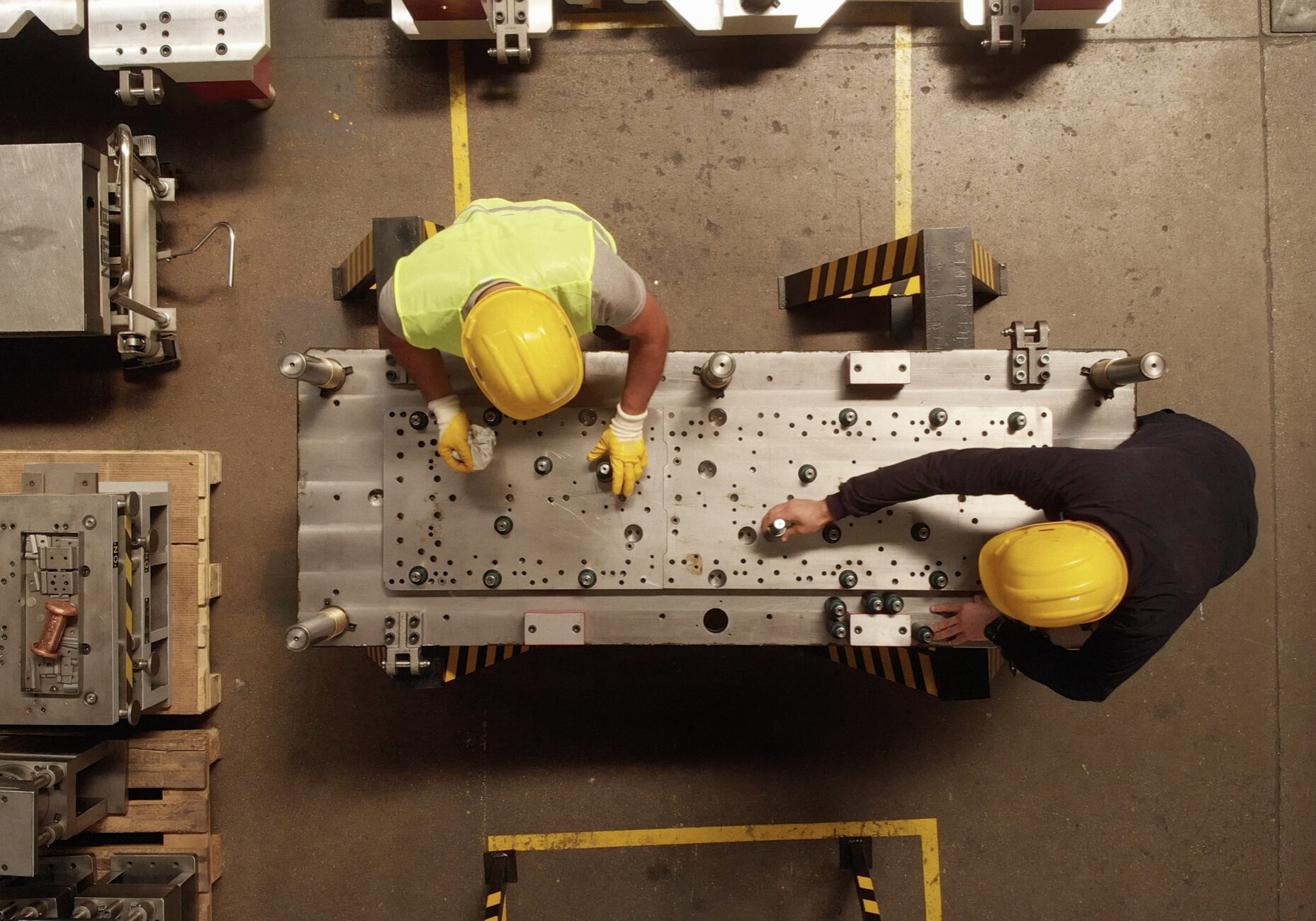Recent News
Manufacturing Workers Needed: Bridging the Skills Gap


The resurgence of the U.S. manufacturing industry paints an optimistic picture for the nation’s economy, even in the midst of inflation and a potential recession. While the industry’s current and projected growth offers a multitude of opportunities, there’s a pressing need for a workforce trained in the trades essential to the present and future of modern manufacturing. Despite the allure of four-year degrees, the practical and financial benefits of trade certifications cannot be underestimated, especially in today’s manufacturing landscape.
MODERN MANUFACTURING: NOT JUST AN ASSEMBLY LINE
The landscape of the U.S. manufacturing industry is changing dynamically. The traditional image of workers tied to repetitive, assembly-line tasks is giving way to a technology-driven IoT. Today’s manufacturing workers are leveraging the power of technology to oversee automated processes, optimize production lines, and take on specialized roles that offer lucrative opportunities.
ECONOMIC REINVIGORATION
The robust economic scenario is propelling this new age of manufacturing. As the U.S. population continues to shift across the country, exchanging one city for another or flooding out of densely populated all together, and diminishing infrastructures undergo much-needed repair, the demand for manufactured materials and the skilled workforce needed to produce it continues to escalate. Consequently, American companies are recognizing the potential and doubling down on their investments.
As of May 2023, 479 billion has been invested across the five key manufacturing areas of semiconductors and electronics, greenfield, electric vehicles and batteries, biomanufacturing, and heavy industry—chemicals, metals, and appliances.
THE URGENT NEED FOR A NEW WORKFORCE
With the growth of the manufacturing sector, the door to job opportunities has been thrown wide open. But the challenge lies in bridging the gap between available jobs and the trained personnel to fill them. The cultural emphasis on a four-year degree as a singular avenue to success has overshadowed the immense value of certifications in trades. As a result, many pivotal roles in the trades remain vacant. This shortage is set to intensify with the retirement of the Baby Boomer generation.
However, we are living in a manufacturing space that has evolved, requiring manufacturing workers with a higher level of technical competence or the drive to attain a greater understanding of modern manufacturing systems and processes. Advanced automation systems mean cleaner, safer and more efficient working conditions. Many of these roles offer more competitive salaries without the daunting weight of student loans that typically come with a university degree.
And yet, a significant percentage of these essential roles remain unfilled …
88 percent of construction firms across the nation facing difficulties in recruiting qualified workers, identifying a substantial disconnect in identifying incredible professional growth opportunities in trades to younger generations. Careers in carpentry, electrical work, plumbing, sheet-metal tasks, and more are in high demand, but there’s a shortfall in the skilled workforce.
—
At Davalyn Corporation, we’re not just looking ahead at the burgeoning manufacturing domain, but also at the potential professionals poised to shape it. We’re committed to equipping companies with trained, adept manufacturing workers, pivotal for both individual and industry-wide growth. If you’re a company in need or an individual seeking opportunities, get in touch. Let’s co-create the future of American manufacturing.
Check out our latest video
Exploring our target industries
At Davalyn, our tenured team of niche-focused talent acquisition experts takes on the hiring challenges of a diverse and growing set of industries. Make our perspectives your most powerful recruitment and retention resource.







